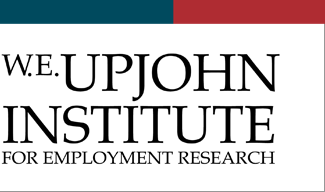Upjohn Author ORCID Identifier
Series
Upjohn Institute Working Paper No. 05-119
DOI
10.17848/wp05-119
Issue Date
July 2005
Abstract
We replicate and extend a simulation model developed by Jonathan Gruber with the goals of illuminating Gruber's modeling of health insurance coverage under a tax credit and examining the sensitivity of the results to changes in the model's key parameters. The replications suggest that a refundable tax credit of $1,000 for a single individual or $2,000 for a family for private health insurance would reduce the number of uninsured individuals by between 17.5 and 28 percent and require new government expenditures of between $16.6 and $44 billion, of which about $7.4-$9.7 billion would be for coverage of previously uninsured individuals. These wide simulated ranges highlight the uncertainty inherent in modeling the effects of health insurance tax credits and suggest that progress on the issue of tax credits for health insurance will require improved evidence on the likely take-up rate of a credit.
Subject Areas
LABOR MARKET ISSUES; Wages, health insurance and other benefits; Health insurance
Get in Touch With The Expert
Want to arrange to discuss this work with the author(s)? Contact our .
Included in
Citation
Emmons, David W., Eva Madly, and Stephen A. Woodbury. 2005. "Refundable Tax Credits for Health Insurance: The Sensitivity of Simulated Impacts to Assumed Behavior." Upjohn Institute Working Paper No. 05-119. Kalamazoo, MI: W.E. Upjohn Institute for Employment Research. https://doi.org/10.17848/wp05-119

